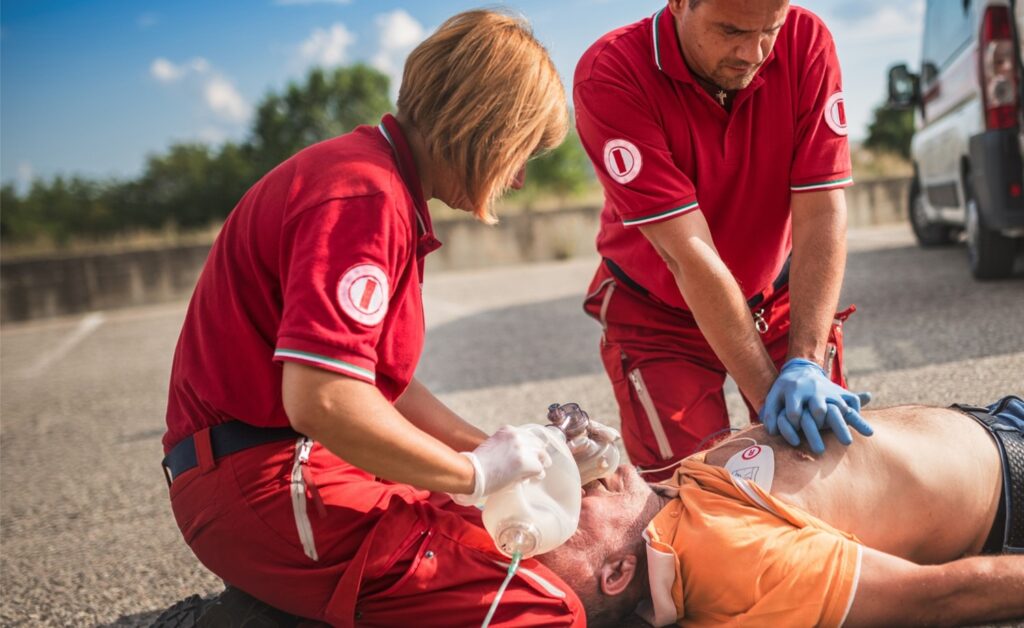The Anatomy of Humanitarian Crisis
Conflict zones represent extraordinary environments where human health faces unprecedented challenges. The complex interplay of violence, infrastructure collapse, and systemic breakdown creates a perfect storm of medical vulnerabilities that threaten individual and community survival.
Direct Physical Threats
Traumatic Injuries
- Exposure to weapons of war
- High-impact explosive devices
- Shrapnel and ballistic wounds
- Immediate risk of fatal or life-altering injuries
Medical Complexity
- Severe, multi-layered trauma
- Limited surgical capabilities
- Prolonged risk of permanent disability
- Challenges in emergency medical intervention
Infectious Disease Landscape
Systemic Health Infrastructure Collapse
- Complete breakdown of public health systems
- Disrupted vaccination programs
- Compromised sanitation networks
- Critical water treatment failures
Emerging Disease Risks
- Cholera outbreaks
- Rapid typhoid transmission
- Hepatitis proliferation
- Uncontrolled respiratory infections
- Increased vulnerability to pandemic threats
Psychological Trauma Dimensions
Mental Health Crisis
- Severe psychological destabilization
- Post-Traumatic Stress Disorder (PTSD)
- Chronic depression and anxiety
- Neurological impact of sustained stress
- Elevated suicide risk
- Intergenerational psychological consequences
Nutritional and Resource Challenges
Survival Under Scarcity
- Comprehensive food system disruption
- Extreme clean water shortages
- Systematic immune system deterioration
Long-Term Developmental Impacts
- Stunted childhood development
- Chronic malnutrition
- Dramatically increased infant mortality rates
- Potential lifelong health complications
Environmental Health Hazards
Toxic Exposure Risks
- Contaminated water sources
- Destroyed sewage infrastructures
- Chemical weapon contamination
- Air pollution from infrastructure destruction
- Potential radiation exposure
- Long-term environmental health consequences
Medical System Vulnerabilities
Healthcare Delivery Breakdown
- Catastrophic medical supply shortages
- Complete absence of routine healthcare
- Disrupted medical supply chains
- Exponential risk of:
- Untreated chronic conditions
- Preventable disease proliferation
- Minor injury complications
Vulnerable Population Dynamics
High-Risk Groups
- Children: Highest health vulnerability
- Elderly: Compromised resilience
- Disabled populations: Limited support
- Pregnant women: Extreme medical challenges
Prevention and Humanitarian Response
Strategic Medical Interventions
- International humanitarian medical support
- Emergency vaccination deployment
- Psychological rehabilitation programs
- Rapid infrastructure reconstruction
- Clean water and sanitation restoration
Conclusion
Conflict zones demand comprehensive, coordinated medical and humanitarian strategies. Understanding these multifaceted health risks is crucial for developing effective intervention models that protect human life and dignity.


